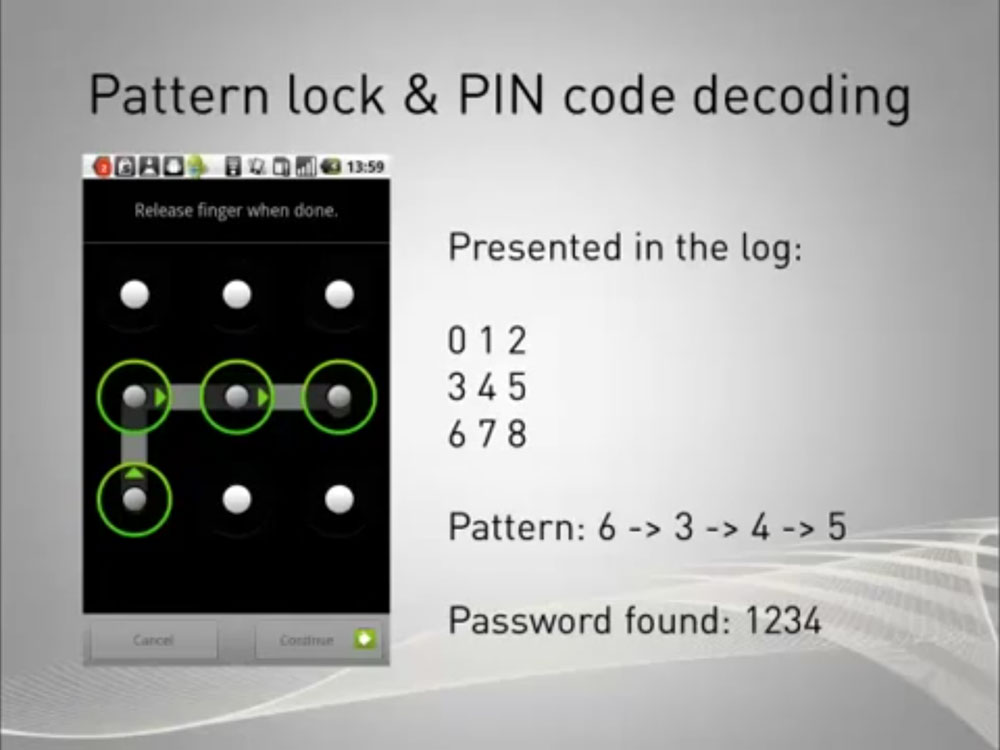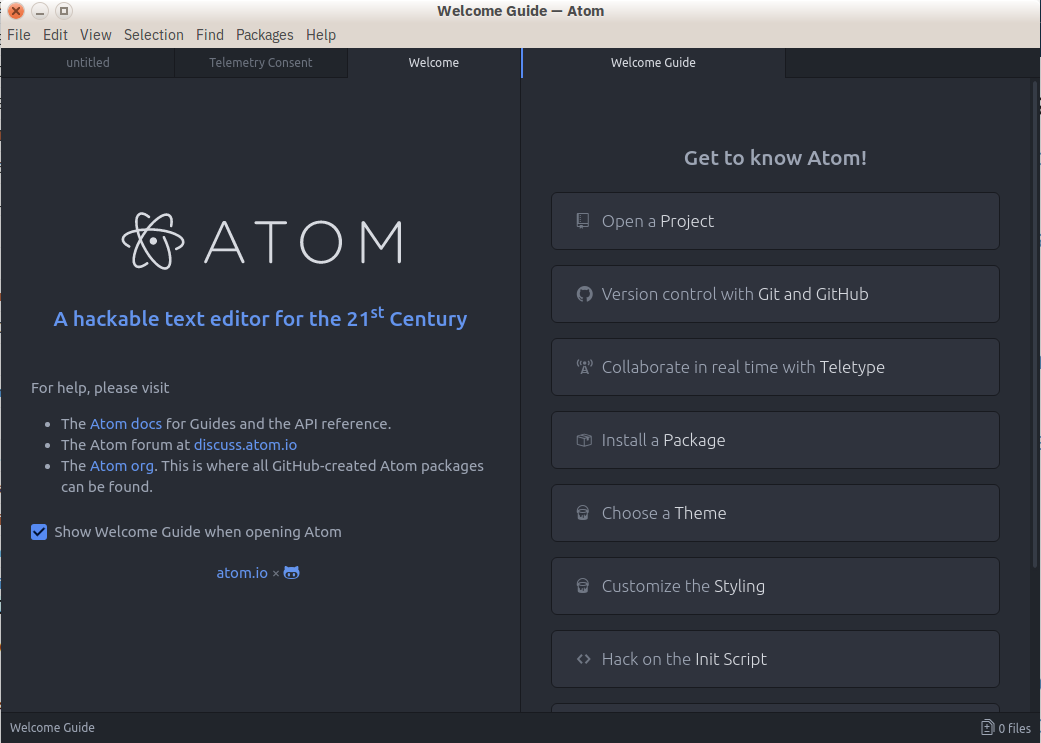
#TEXT SOURCE CODE EDITOR FOR MAC CODE#
You can also use the Zoom box in the lower left corner of the code window to set a specific zoom percentage. to increase and Ctrl+ Shift+, to decrease). You can zoom in or out in any code window by pressing and holding the Ctrl key and moving the scroll wheel on the mouse (or Ctrl+ Shift+. Anything typed or pasted into the selected area is inserted at the same point on each line. The selection includes all of the characters within the rectangle defined by the first character and the last character in the selection. To make a selection in box mode, press Alt as you drag the mouse over the selection (or press Alt+ Shift+ ). You can select text either in the standard continuous stream mode or in box mode, in which you select a rectangular portion of text instead of a set of lines. To turn this feature off and on, change the Track changes option in the Text Editor settings ( Tools > Options > Text Editor). If you undo a change after you have saved the file, the bar turns orange. After you have saved the changes (but before closing the file), the bar turns green.

Changes you have made since the file was opened but not saved are denoted by a yellow bar on the left margin (known as the selection margin). The color of the left margin allows you to keep track of the changes you have made in a file. For line numbers to print, you must select Include line numbers in the Print dialog box. You can display line numbers for individual programming languages by changing the settings for those languages ( Tools > Options > Text Editor > ).

You can turn this option on in the Text Editor All Languages settings ( Tools > Options > Text Editor > All Languages). Line numbers can be displayed in the left margin of the code window. You can turn these lines on or off with the Show structure guidelines in the Display section of the Tools > Options > Text Editor > General page. This can help you find code in your codebase more quickly. Look for Brace Matching (Highlight) or Brace Matching (Rectangle).ĭotted lines connect matching braces in code files, making it easier to see opening and closing brace pairs. You can change the highlight color in the Fonts and Colors setting ( Tools > Options > Environment). You can turn brace matching on or off with the Automatic Delimiter Highlighting setting ( Tools > Options > Text Editor). This feature gives you immediate feedback on misplaced or missing braces. When the insertion point is placed on an open brace in a code file, both it and the closing brace are highlighted. Look for Syntax Error, Compiler Error, Warning, and Other Error. You can see the default color for each error and warning squiggle in the Tools > Options > Environment > Fonts and Colors dialog box. Quick Actions suggest fixes for problems and make it easy to apply the fix. Red squiggles denote syntax errors, blue denotes compiler errors, green denotes warnings, and purple denotes other types of errors. You can see the default color for each type, and you can change the color for any specific syntax element in the Fonts and Colors, Environment, Options dialog box, which you can open from the Tools menu.Īs you add code and build your solution, you may see (a) different-colored wavy underlines (known as squiggles) or (b) light bulbs appearing in your code. C++ uses color to differentiate among types, enumerations, and macros, among other tokens. Other syntax elements are also colorized, such as string literals and comments. For example, keywords (such as using in C# and Imports in Visual Basic) are one color, but types (such as Console and Uri) are another color. Some syntax elements of code and markup files are colored differently to distinguish them. Many of these differences are specified in the descriptions of the features, but for more information you can see the sections on specific Visual Studio languages. The different Visual Studio languages offer different sets of features, and in some cases the features behave differently in different languages. For more information, see Use regular expressions in Visual Studio. You can use regular expressions to find and replace text. For more information, see Find and replace text. You can search and replace text in single or multiple files.

You can click on the Class View tab at the bottom of the window to view your code organized by classes. By default, Solution Explorer shows your code organized by files. You can view your code in a number of different ways. For Visual Studio for Mac, see Source editor (Visual Studio for Mac). This topic applies to Visual Studio on Windows.


 0 kommentar(er)
0 kommentar(er)
